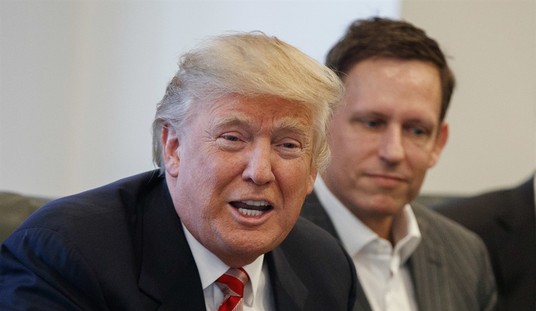
The report said 87,000 workers were added to private-sector payrolls last month, well below the consensus estimate of 200,000, and also well below data released from payroll-processing firm ADP earlier this week, which estimated that 238,000 workers were hired in the private sector in December.
The December 2013 jobs report was about like the December 2013 weather. It was cloudy with a chance of Expletive. Depending on whose estimate you trust more, the models missed reality by 113 to 151 thousand. I’ll credit the BLS with not hiding the decline and admitting this one was a stinker. Contrary to expert opinion, I think it would have been a stinker regardless of what fell out of the sky. If the current set of conditions indicates recovery, God preserve me from an economic relapse. I’ll detail my reasoning below.
There are two emerging schools of thought on this disappointing number. The decline can be explained by the demoralization and shrinkage of the civilian workforce or by the exogenous factor of weather. Both sides muster supportable arguments. We’ll start first with the reasoning behind discounting the 100K miss in job creation as an anomalous “one-off.”
James Pethokoukis points out that 273K Americans missed at least one entire pay period due to weather phenomena. That’s about twice what you get in a typical December. Doing some stubby-pencil math tells us that about 137K Americans typically miss work due to foul weather in an average North American December. If our estimate error ranged from 113K to 151K; and we accept Mr. Pethokoukis’ ROM of 136K weather-related missing workers,* we’ve got an explanatory factor that lands right in the middle of our range of uncertainty. You don’t have to be anyone’s pet ideologue to logically accept that bad weather drove the weak December 2013 job numbers.
Another reason to tell all the economic Gloomy-Gus types out there to lighten up comes from the U3 Unemployment rate. The BLS calculated that U3 fell from 7% to 6.7% last month. Happy days are here again! Or not.
Several veteran economists voiced concern. Jan Hatzius, chief economist from Goldman Sachs, feels concern that the U3 rate dropped from workforce decline instead job creation. An analyst at Morgan Stanley got more specific and argued that the report internals suggest that a sector analysis of where jobs were gained and lost shows that between 50K to 75K (rather than 136K) jobs were deleted by bad weather. This would leave the report still 38K to 101K short of what was expected.
In fairness, anyone playing the bear based on this report should logically back such sentiment. When the U3 falls by 0.3%, a rational person should be optimistic and should therefore skew their risk calculus accordingly. Yet aspects of the current economy belie the apparent good news of lower U3 Unemployment Rate. The total employed workforce shrank dramatically (-352K), and the size of the workforce grew by (178K). This indicates a 530K deficit in the ratio of jobs to eligible workers. This caused the Employed Labor/Population ratio to decline.
A contrarian to my contrary analysis could and should ask the all-important question “So what?” The question is hard but fair. I offer two items in response. The declining ratio of labor to eligible workforce indicates that a smaller employed base of workers is supporting a larger group of people currently standing idle. This makes the idle portion of the population an increasingly severe burden on those still hard at work.
A second indicator of weakness involves wages. They are not going up, and this is becoming increasingly problematic. The US Democratic Party has identified this lack of wage growth as a key issue for the 2014 Midterm Elections. A minimum wage increase may or may not effectively fix the issue. However, it’s existence as an issue tells you a lot about why the 0.3% drop in U3 does not indicate a legitimate improvement in the US labor market.
Had last month’s decline in U3 been an indicator of healthy labor markets, wages would be improving without government intervention. As unemployment went down, Karl Marx’s “reserve Army of the unemployed” would be getting tapped out and employers would be increasingly recruiting instead of vetting. People would be paying you more to join their team and seeking you out. Instead, 1,500 New Yorkers recently camped out** for the opportunity to do hard manual labor for a living.
In conclusion, the December 2013 jobs report was an outlier because of the impacts of Climate Change. It was worse than it would have been had it been according to recent trend. However, this should not take our attention away from the fact that the recent trend continues to fail our needs. The productive component of the labor force continues to shrink in comparison to the proportion that is idle. Despite declines in the officially reported U3 statistic, there is none of the upward wage pressure that should accompany such a positive trend. No amount of social welfare populism will successfully camouflage the inconvenient truth. After five Recovery Summers worth of Obamanomics, we are all still left out in the cold.
*ROM- Rough Order of Magnitude estimate.
**This also undermines some of the argument that weather caused the jobs number miss.
*** Image Source: The Market Ticker














Join the conversation as a VIP Member